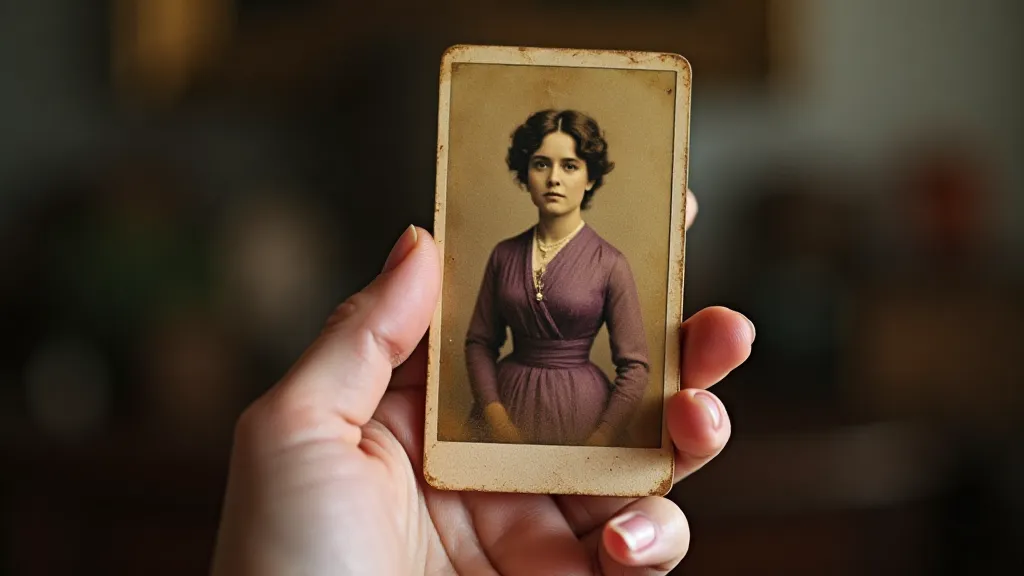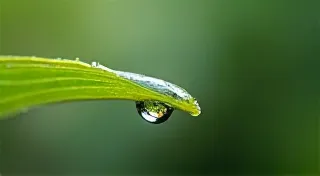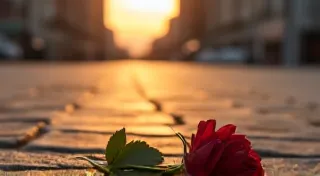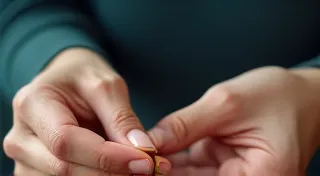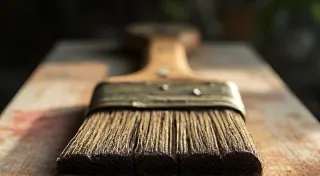The Indigo Veil: Mysticism and the Art of Photographic Illumination
The Victorian era. A time of industrial revolution, burgeoning scientific discovery, and a deep-seated yearning for the spiritual. While photography itself was a relatively new marvel, it wasn't long before the desire to embellish, to personalize, to imbue these nascent images with something more than mere documentation took hold. This led to the beautiful and intricate art of hand-tinting – and within that realm, the use of indigo and purple hues held a particularly evocative and symbolic power. It wasn’t simply about adding color; it was about conjuring atmosphere, conveying emotion, and connecting with a world beyond the tangible.
I remember the first time I truly understood this. I’d inherited a box of antique photographs from my grandmother, a woman who possessed an uncanny ability to see the stories held within objects. Most were the familiar black and white albumen prints, beautifully sharp, but undeniably stark. Then I found one, a portrait of a young woman, seemingly frozen in time. A faint, almost ethereal blush of violet kissed her cheeks, subtly deepened the shadows in her hair, and tinted the folds of her dress. It wasn’t a bold application; it was a whisper of color, but it changed everything. Suddenly, she wasn’t just a subject; she was a person, alive with emotion, connected to something larger than herself. It was that first glimpse of indigo's subtle magic that drew me into the world of Victorian photography tinting.
The Dawn of Color: Photography’s Early Palette
Early photography, of course, was exclusively monochrome. The process of capturing an image on a light-sensitive surface yielded shades of grey, silver tones reflecting the surrounding light. While incredibly groundbreaking, this limitation spurred innovation. Initially, artists painted directly onto the wet collodion prints, a laborious and often unpredictable technique. However, a more refined approach soon emerged – the delicate hand-tinting we associate with the Victorian era. This involved applying thin washes of aniline dyes, vibrant synthetic pigments that had recently become available thanks to the burgeoning chemical industry. These dyes, while intensely colorful, were notoriously unstable, contributing to the faded and often unpredictable appearance of surviving tinted photographs today. But it was the conscious choice of colors – particularly indigo and purple – that elevated the process beyond mere decoration.
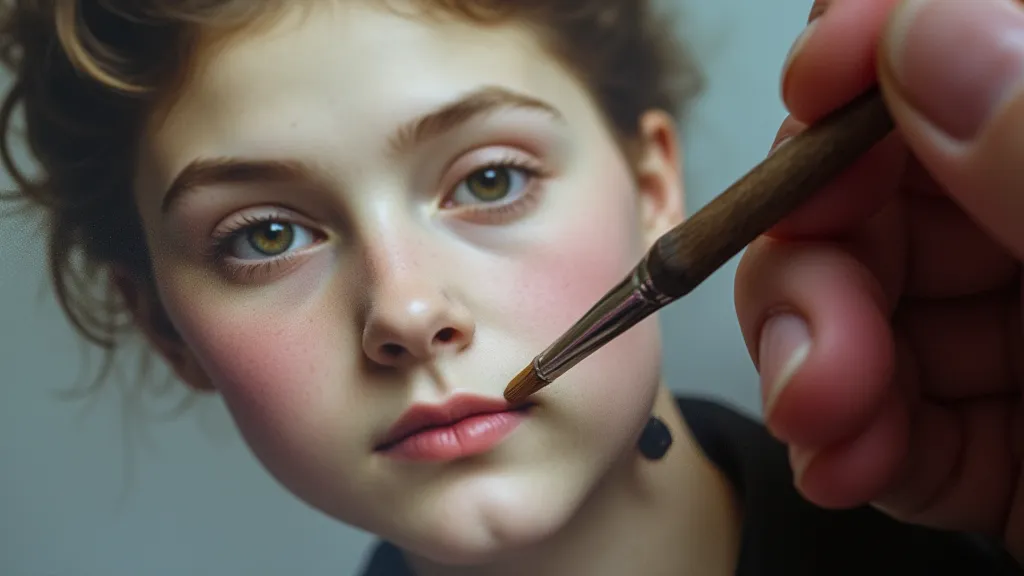
Indigo's Embrace: Symbolism and Spiritual Resonance
Why indigo? Why purple? These weren't arbitrary choices. Within Victorian spiritualism and occultism, indigo and violet held profound symbolic meaning. Indigo, derived from the indigo plant, was associated with the third eye chakra, the seat of intuition and psychic awareness. It represented inner peace, wisdom, and spiritual clarity. Purple, a combination of red (representing passion and vitality) and blue (representing tranquility and introspection), symbolized royalty, spirituality, and transformation. It was the color of bishops, of mourning, and of mystical journeys.
Victorian society was deeply fascinated by spiritualism, with séances and mediums becoming surprisingly commonplace. Photography, already perceived as a way to capture a likeness, became intertwined with these beliefs. Tinting with indigo and purple wasn’t simply about aesthetics; it was a means of suggesting a connection to a higher realm, of imbuing the portrait with a sense of mystery and otherworldliness. The subtle washes of color could be interpreted as a visual representation of the sitter's inner spirituality, their connection to the unseen.
The Art of the Tint: Technique and Materials
The process of tinting itself was a meticulous undertaking, demanding a steady hand and a deep understanding of the materials. The photographer, or more often a specialized colorist, would typically use a fine squirrel hair brush to apply the aniline dyes diluted in water or alcohol. The dye was applied in thin, transparent layers, often building up the color gradually to achieve the desired effect. Fixatives, like potassium cyanide (a dangerous substance, thankfully less common later in the era), were used to help stabilize the dyes and prevent them from fading too quickly. Different techniques were employed for different areas of the portrait – stippling to create texture, blending to create smooth transitions, and glazing to build depth of color. The level of detail could range from a subtle blush on the cheeks to a full-blown artistic rendering of clothing and accessories.
The fragility of these dyes is a constant challenge for restorers today. Light exposure, humidity, and improper storage can all contribute to fading and discoloration. While modern conservation techniques can sometimes help to stabilize the dyes, the original vibrancy is often lost forever. This fragility highlights the incredible skill and dedication of the Victorian colorists, who created these fragile works of art knowing that their beauty might be fleeting.
The Collector's Eye: Recognizing and Preserving Tinted Portraits
For collectors of antique photography, recognizing a hand-tinted portrait requires a keen eye and a basic understanding of the processes involved. Look for subtle variations in color, particularly around the cheeks, lips, and eyes. Examine the photograph closely for signs of brushstrokes or stippling. Be wary of overly vibrant or uniform colors, which may indicate a later alteration or a reproduction. Genuine Victorian hand-tinted portraits often exhibit a softness and a subtlety of color that is difficult to replicate.
Preserving these fragile works of art requires careful handling and storage. Keep them away from direct sunlight and extreme temperatures. Store them in acid-free enclosures to protect them from damage. Consider consulting with a professional conservator if you suspect your photograph may be damaged or deteriorating.
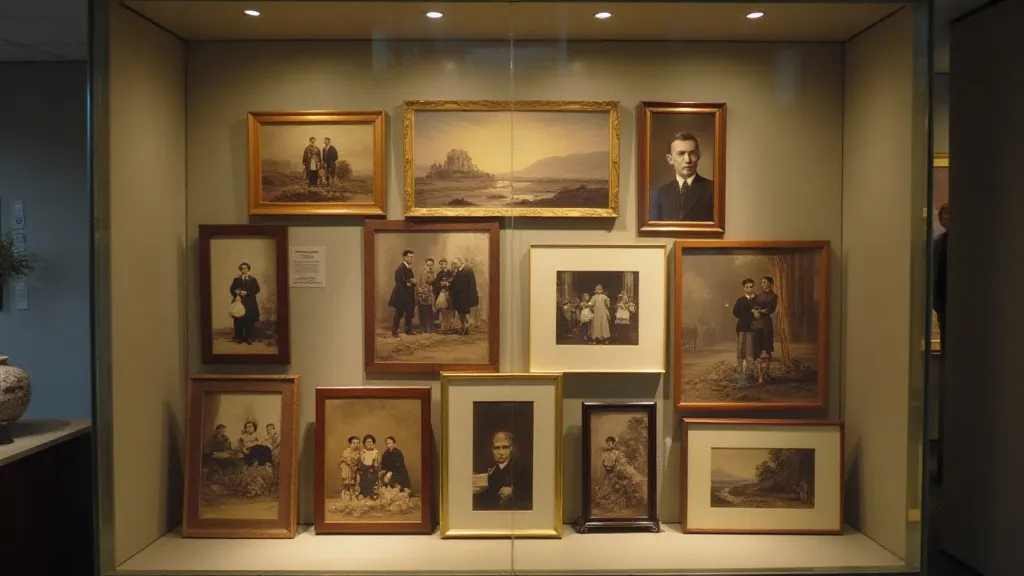
A Legacy of Light and Color
The art of Victorian photography tinting, particularly the evocative use of indigo and purple hues, represents a fascinating intersection of technology, artistry, and spirituality. It was a time when photography was still a relatively new medium, and the possibilities for experimentation were endless. The subtle blush of indigo on a Victorian cheek isn't just a color; it’s a whisper of a bygone era, a testament to the enduring human desire to connect with the unseen, and a poignant reminder of the beauty and fragility of the past. It is a legacy deserving of admiration, respect, and careful preservation.
